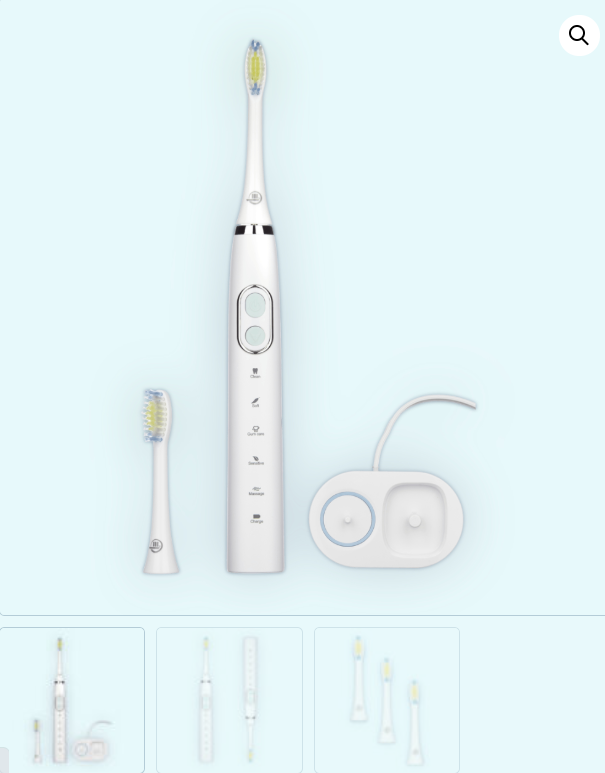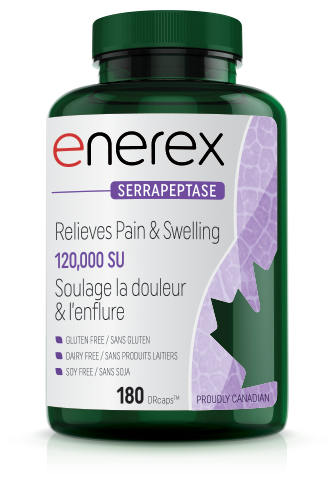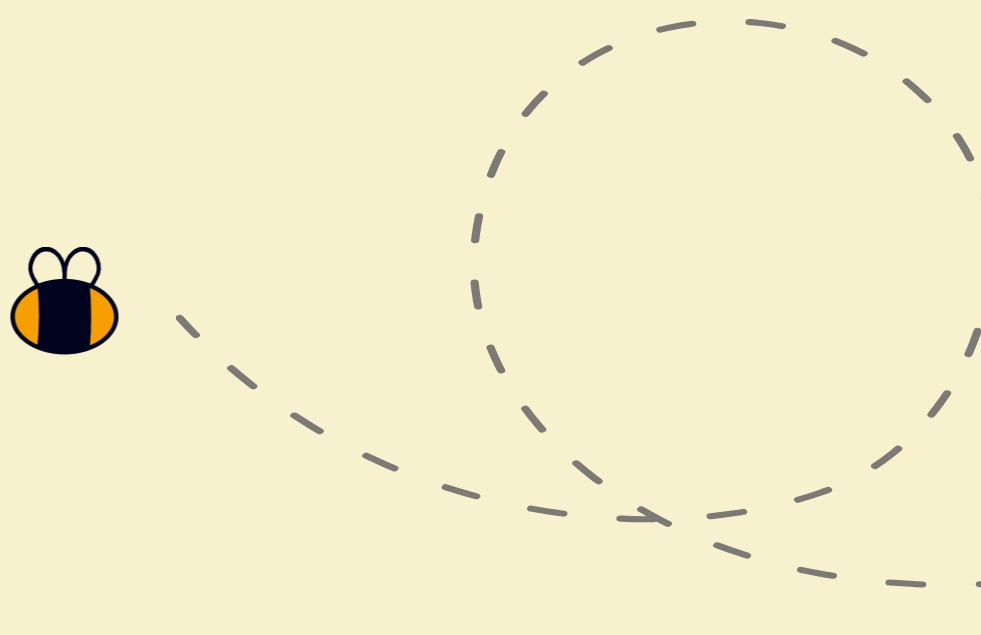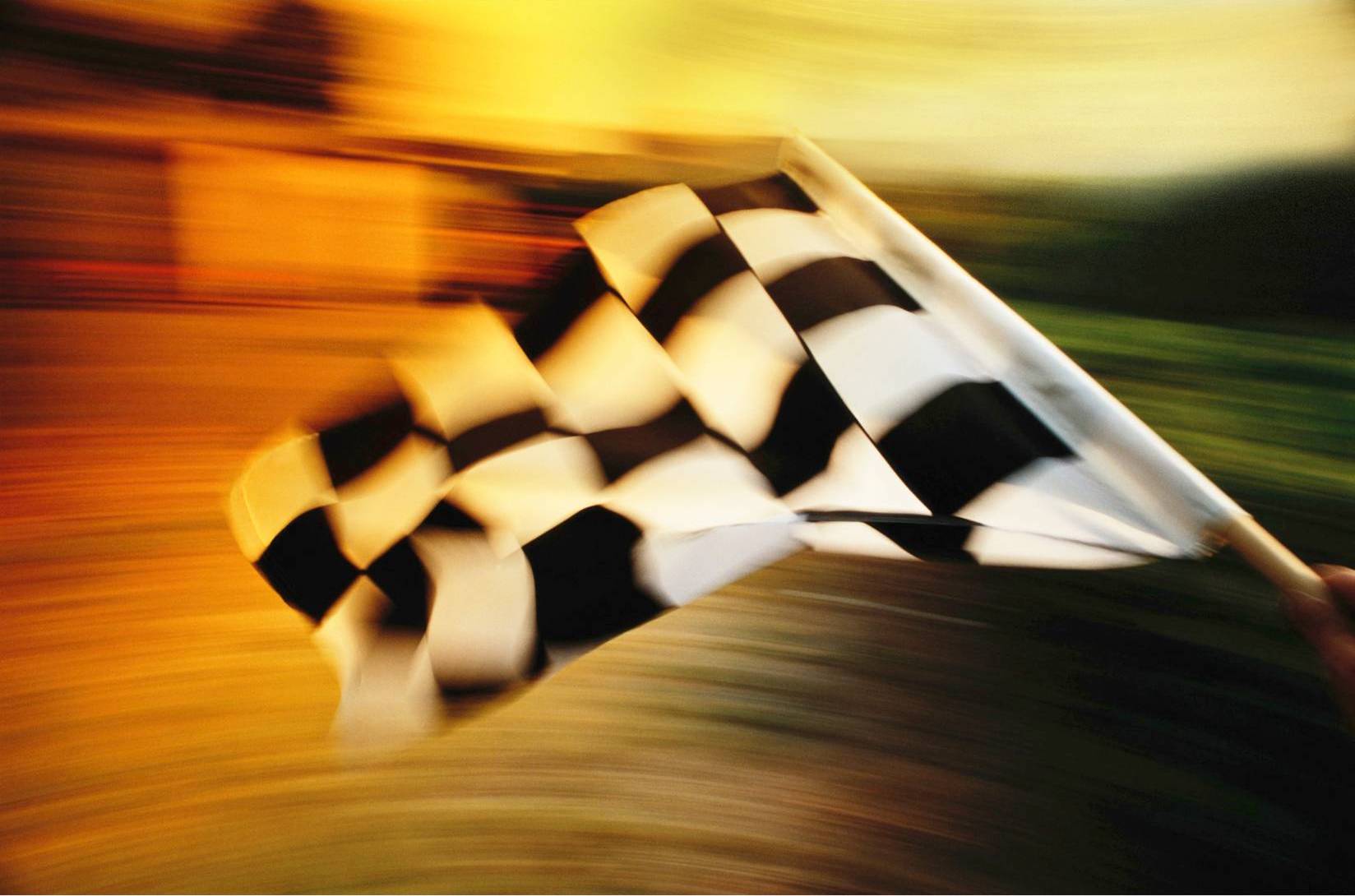An emerging trend in the e-commerce industry is visual search marketing. But what exactly is visual search marketing? It is a digital marketing technique that can help customers find your products based on the images on your website. In this blog, we’ll provide our top visual search tips that will help your site generate additional high-quality traffic just by making sure images are well-optimized.
In a nutshell, visual search is quite similar to voice search but instead allows users to search for images. More and more people search for images to find what they want to buy online In fact, almost 1 in 5 Google searches show images.
19% of Google search queries return images (Moz)
Now, one of the most significant implications of visual search is it’s impact on retail. That’s because images are known to be powerful selling tools, especially if you have an e-commerce website. After all, your customers will not be able to see or hold your products in person when shopping online.
In this post, we will provide our top tips to optimize your e-commerce site for visual search: If you implement visual search optimization in conjunction with traditional SEO, you will increase the likelihood that your website AND your optimized images will come up in search results.
Produce original product images
In the increasingly personalized world of e-commerce, most sellers opt to produce original product images instead of just taking generic photos from their manufacturers. This is probably the most important visual search tip as studies have shown product image quality correlates with conversion rate.
Also, if your website features a lot of unoriginal images (something that you acquired from a manufacturer’s website, for example), then there is a big chance that you might mistake one product for another. If you don’t have a high quality camera and a thorough understanding of lighting and other key aspects of product photography it’s best to leave it to the pros.
That said, if you do have a good background and the right equipment, follow these tips from Shopify and do your own shoots whenever possible. This allows you to have creative control over your e-commerce website, and separate yourself from the competition.
Utilizing multiple product photos is not only great for user experience but visual search representation as well. Doing so can help boost your search engine ranking ‒ provided that your online store offers a great user experience.
Provide multiple images per product
One way you can produce multiple images per product is by showcasing it in different angles. It would also come in handy if you use lifestyle photos, wherein someone is using your product.
That way, your potential buyers can have an idea of how they should use your products.
Use high-quality images only
Here’s the thing: Having multiple product images is not enough to optimize your e-commerce website for visual search. They must be high-quality images as well.
High-quality images mean well-lit and sharp product images. They should also be large enough that potential customers can zoom into the photo. However, they should not be too large that it slows down your online store’s page load speed. YogaHaus London provides a great example with their cork yoga mats.
Write unique image titles and descriptions
When you craft your image titles, try to be as descriptive as possible. Don’t just use a generic img203.png because chances are it won’t help Google or your audience find your photo.
Make a descriptive heading and a more detailed product description, so that it’s easier for users and search engines.
Don’t forget to include alt text
Using alt tags is one of the most important visual search tips because they will make images more accessible to readers who just rely on screen readers or browsers that block images.
Not to mention that when you put an alt tag on every image you put out, users who are visually impaired can still appreciate the images on your website.
When writing alt tags, always write it with the user in mind, and not just for SEO reasons. Using too many keywords will cause search engines to think that you are spamming.
Optimize size and file format
Also, make sure that your images’ size and file format are optimized as much as possible.
Think of your image file size and how it can affect the load times of your site.
A slow-loading site causes potential customers to leave your e-commerce website and browse on another online store. That said, we recommend that you compress your product images through any of the following:
Add images in your sitemap
A site map helps users or bots navigate your site, understand the relationship between pages and make it easier to get around. It holds information about your site’s content (images and text) and how each element is related to one another.
People use html sitemaps while search engines like Google use XML sitemaps to learn more about your site.
If you build an image sitemap, you’re providing crawlers with helpful information about the photos. Thus, they’re more likely to appear in search results.
Implement our visual search tips today, reap rewards tomorrow
The rise of visual search is very promising, and over time, it will transform how users navigate the internet.
As more and more e-commece websites implement their own AI-powered search tools, this technology will improve over time.
Remember that high-quality product images are what will attract prospective customers to buy what you offer, and not merely blocks of texts. The more engaged users are to your e-commerce site, the more they will place orders, and the more you will be earning.
Overall, this new technology offers a lot of opportunities for you to grow your business and thrive in the e-commerce landscape. Prepare for this now and reap the rewards later.
Need help optimizing for visual search?
We hope you’ve found these tips helpful! If you have any questions about implementing these suggestions or want customized series of recommendations for your own e-commerce website, learn more about our SEO services and get in touch today.









